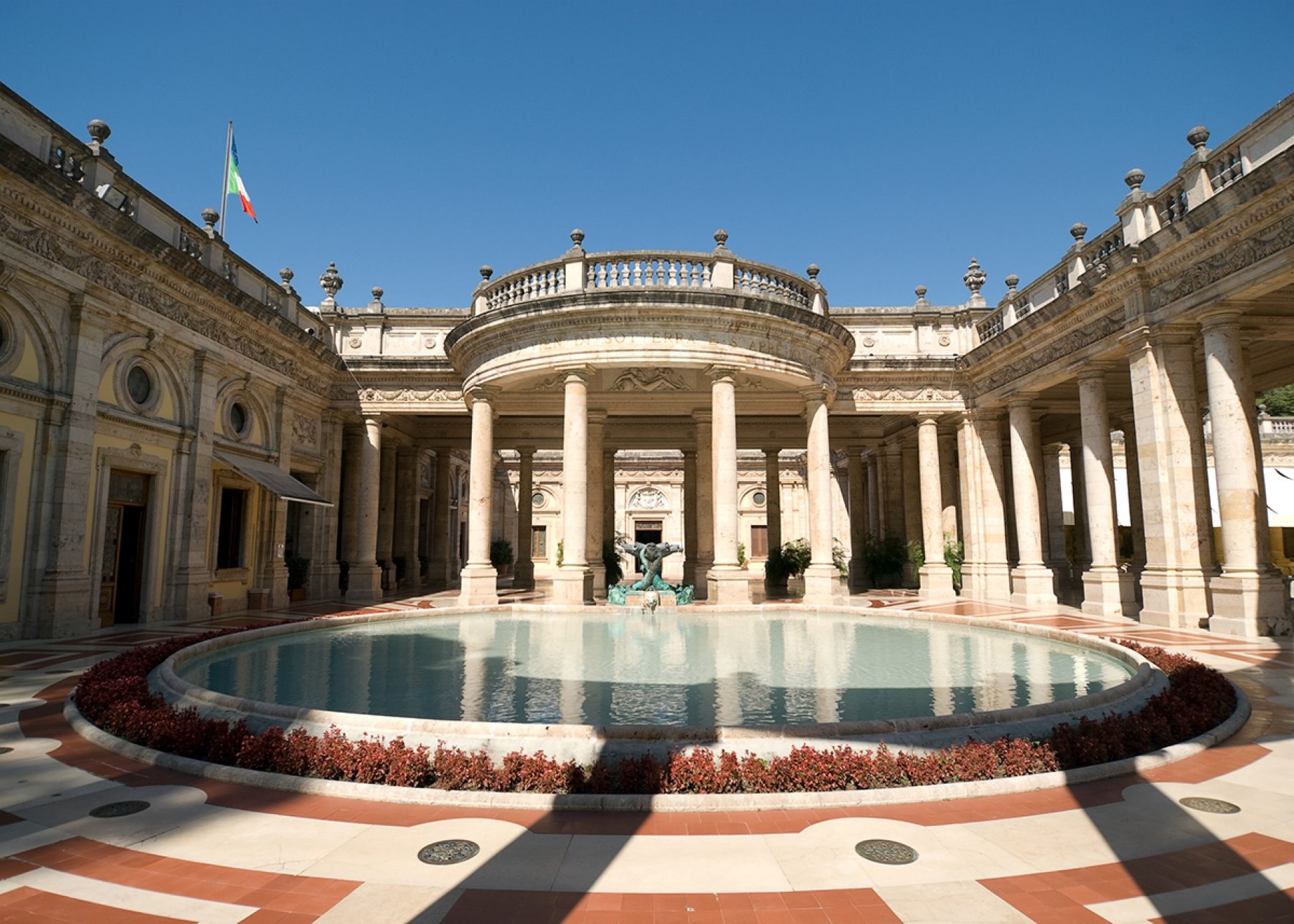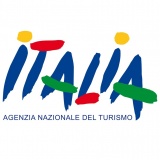
 italia.it
italia.it
Italian culture and history: Montecatini Terme: a historical thermal centre in Tuscany
- WTI Magazine #153 Jul 24, 2022
-

 italia.it
italia.it
Among the Italian jewels recognised as a UNESCO World Heritage Site is one of Europe's great spa towns, Montecatini Terme, in the heart of Tuscany, surrounded by art cities such as Florence, Pisa and Lucca. Beautiful and easy to get to. Montecatini Terme is a garden city set in the picturesque Valdinievole, an amphitheatre of green hills in the heart of Tuscany. Renown all over the world for its rich thermal springs that were already exploited in Roman times.
Today Montecatini Terme is one of the most popular and visited spa towns in Italy, thanks to the substantial architectural interventions carried out at the beginning of the 20th century, which enriched it with elegant Art Nouveau and neo-Gothic palaces that frame the Thermal Park.
The splendour of Montecatini Terme began in the 18th century thanks to the far-sightedness of Grand Duke Pietro Leopoldo of Lorraine, who had the canalisation of the thermal mineral waters started and developed the concept of a modern spa town. In those years, the Bagno Regio, the Terme Leopoldine and the Tettuccio were built.
Montecatini thus turned into a thermal paradise that hosted more and more illustrious personalities such as Giuseppe Verdi, Giacomo Puccini and Vittorio Emanuele II.
Montecatini Terme is one of the Great Spa Cities of Europe recognised as a UNESCO World Heritage Site in 2021 along with Bath in the United Kingdom, Vichy in France, the German cities of Bad Ems, Bad Kissingen and Baden-Baden, Spa in Belgium, Baden in Austria and the cities of Karlovy Vary, Františkovy Lázně and Mariánské Lázně in the Czech Republic.
The 11 cities were chosen because they are representative of the important European spa phenomenon, active from the 18th century until the 1930s. And Montecatini Terme, with its ancient Tettuccio Spa and more recent Art Nouveau and neo-Gothic buildings, was among the most prestigious locations.
Montecatini Terme can be reached in less than an hour from Florence and Pisa. An ideal destination for those in search of wellness, culture and landscapes of the soul, it offers much, starting with Montecatini Alto. A true historic centre at an altitude of 290 metres, Montecatini Alto is a delightful medieval village built on two hills.
The old town centre can be reached on foot from Montecatini Terme, but we recommend arriving in Montecatini Alto aboard Gigio and Gigia, the two little red trains of the historic Montecatini Funicular. Restored in recent times, it is the most pleasant and romantic way to reach the village of Montecatini Alto, walking through the picturesque valley in 10 minutes while enjoying the beauty of the panorama.
In the centre of Montecatini Terme stands the Palazzo Comunale, now home to the Montecatini Museum of Contemporary Art, which is full of works by world-famous artists and often hosts temporary thematic exhibitions.
On the outskirts of Montecatini Terme, a visit to Grotta Maona, one of the Valdinievole's natural attractions, is a must. This thousand-year-old natural cave is inhabited by a rare community of bats and is the only one in Italy to have two wells, one entrance and one exit. Over 20 metres deep and 200 metres long, it can be visited every day from April to October in a 20-minute compulsory tour through stalactites and stalagmites.
The jewel in the crown of Montecatini Termine is still the Thermal Park surrounded by greenery. Inside you will find the Terme del Tettuccio, the oldest in the area, consisting of large halls and spaces sumptuously decorated by the most famous artists of the early 20th century. The Terme Leopoldine, built in 1775 at the behest of Grand Duke Leopold I of Tuscany, feature a large thermal crater over 20 metres wide. The Terme Excelsior, on the other hand, are housed in a splendid early 20th century building and are now considered one of the best wellness centres in Montecatini.
If you want to complete the wellness experience of the thermal circuit, you must explore the valley that is home to Montecatini Terme, the junction of three noteworthy food and wine routes: the Valdinievole Oil Road, the Montalbano Wine and Oil Road and the Wine Road of the Lucchesi Hills.